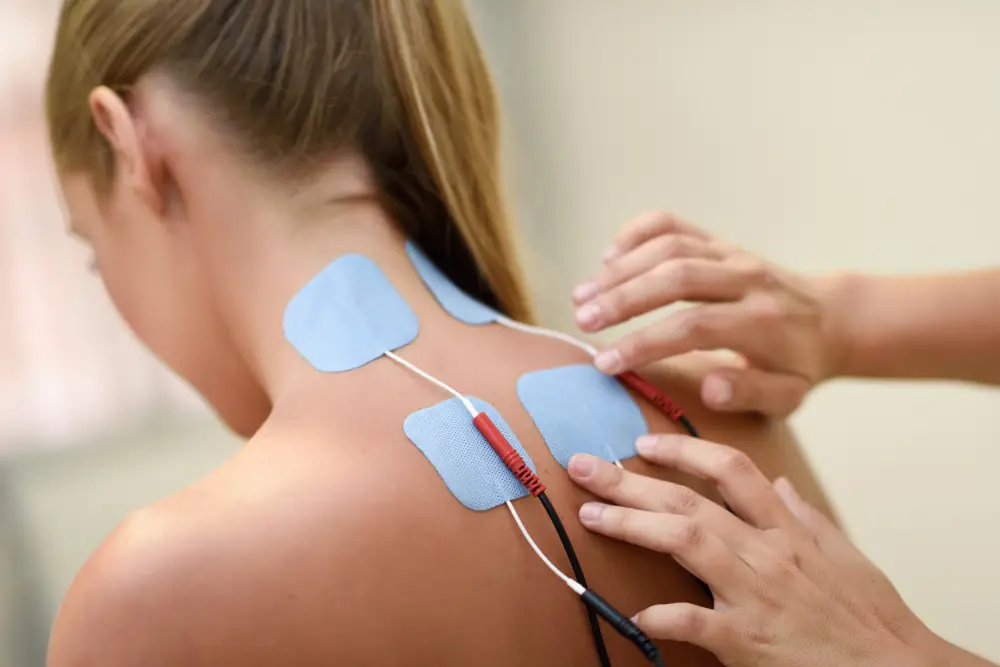How We Treat
Home Physical Therapy
We provide professional physical therapy services in the comfort of your home. This approach is particularly beneficial for individuals with mobility issues, post-surgical patients, or those with busy schedules who find it challenging to visit a clinic. By receiving therapy at home, patients benefit from personalized treatment plans that cater to their specific needs and environments, ensuring better adherence to exercises and faster recovery.
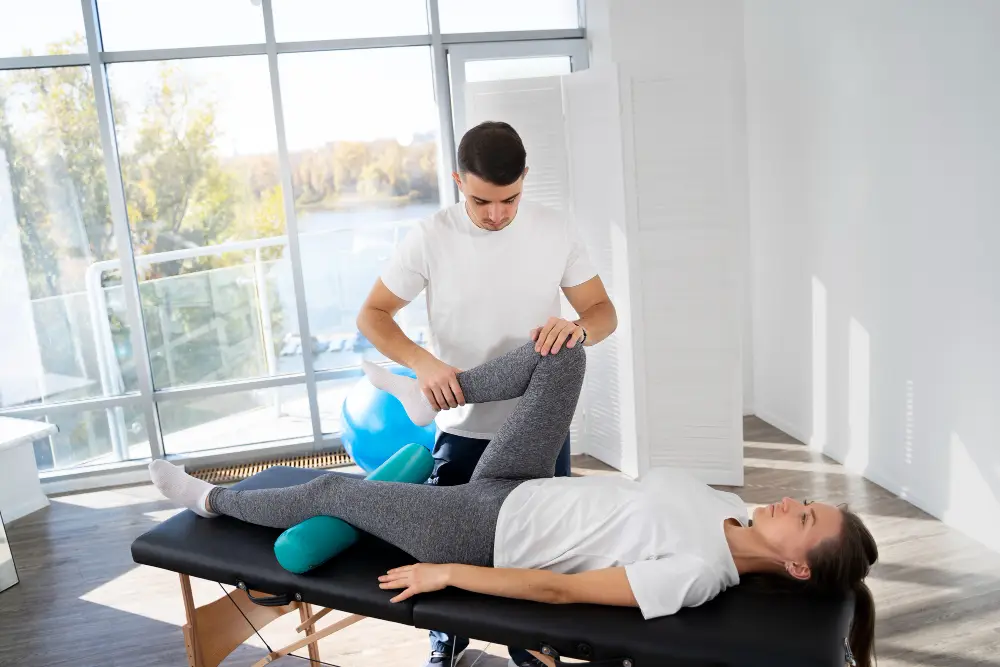
ACL Injury Prevention
ACL Injury Prevention focuses on tailored exercise programs and techniques designed to prevent anterior cruciate ligament injuries. These programs are essential for athletes and active individuals who are at higher risk of ACL injuries due to the demands of their sports or activities. By strengthening the muscles around the knee, improving balance, and enhancing neuromuscular control, these preventive measures significantly reduce the likelihood of ACL tears and improve overall knee stability.

Cupping
Cupping is an ancient therapy that involves placing suction cups on the skin to create negative pressure. This technique helps to improve blood circulation, reduce muscle tension, and promote healing by drawing blood to the targeted areas. Cupping is often used to alleviate pain, reduce inflammation, and enhance overall well-being. It can be particularly effective for treating conditions such as back pain, muscle stiffness, and sports injuries.
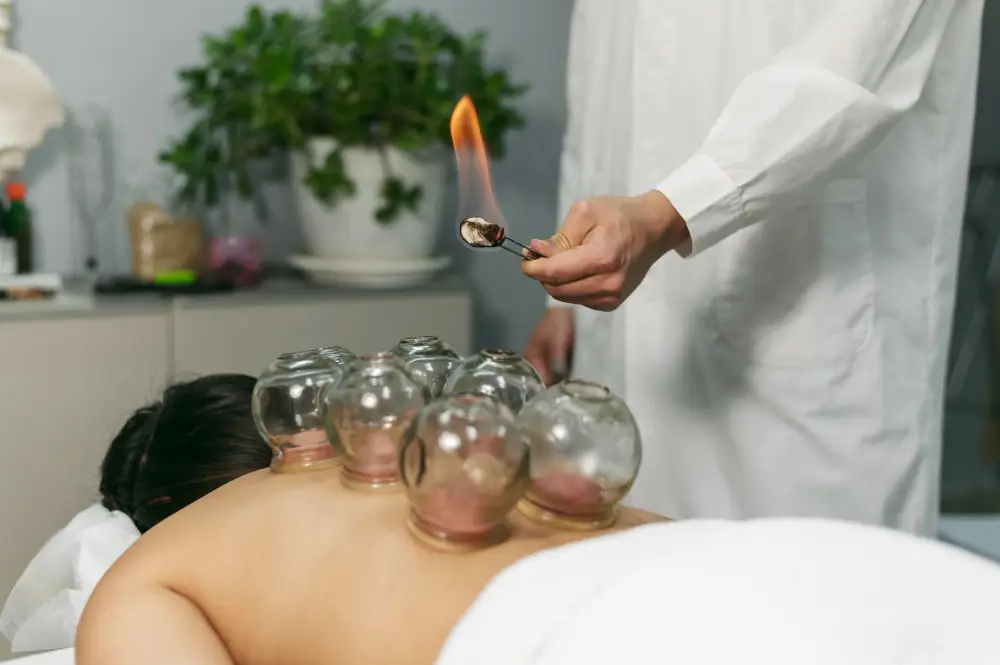
Fall Prevention
Fall Prevention programs are designed to reduce the risk of falls, especially among older adults. These programs include exercises to improve balance, strength, and coordination, as well as education on home safety and strategies to avoid fall hazards. By participating in fall prevention programs, individuals can maintain their independence, reduce the likelihood of injuries from falls, and improve their confidence in daily activities.
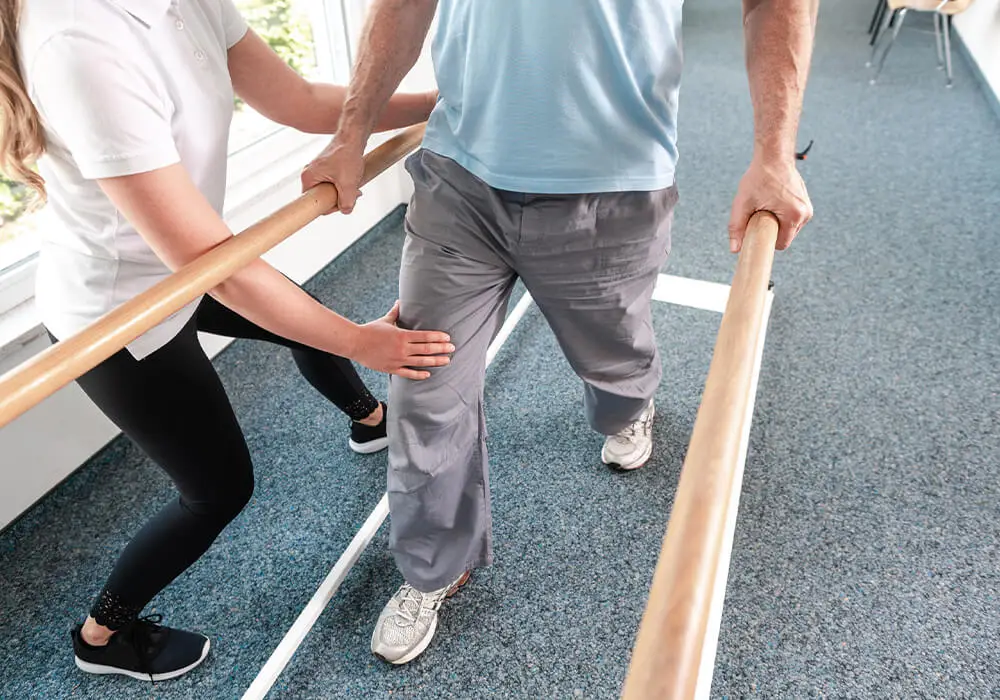
Kinesio Taping
Kinesio Taping is a therapeutic method that involves applying a special type of elastic tape to support and stabilize muscles and joints without restricting movement. This technique helps to alleviate pain, reduce inflammation, and facilitate recovery from injuries. Kinesio Taping can be used for a variety of conditions, including sports injuries, muscle strains, and joint pain. It provides support while allowing for a full range of motion, making it a popular choice among athletes and active individuals.

Laser Therapy
Laser Therapy uses specific wavelengths of light to penetrate deep into tissues, promoting cellular regeneration and reducing inflammation. This non-invasive treatment is effective for managing pain, accelerating tissue repair, and reducing recovery time for various injuries and conditions. Laser Therapy is commonly used for conditions such as arthritis, tendonitis, and soft tissue injuries, offering a safe and painless alternative to more invasive treatments.
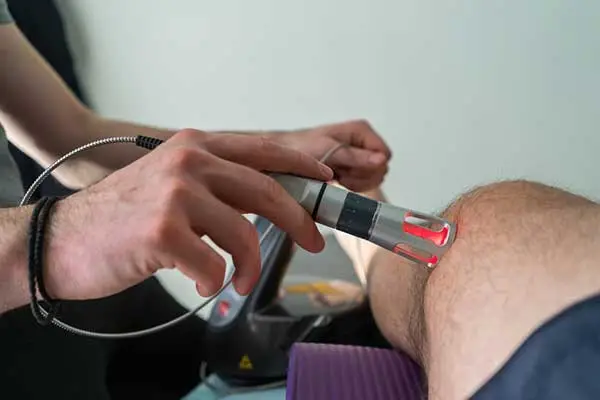
Joint Mobilization
Joint Mobilization involves manual therapy techniques that aim to improve joint function, reduce pain, and increase the range of motion. By applying controlled movements to joints, therapists can help to alleviate stiffness, enhance flexibility, and restore normal joint mechanics. Joint Mobilization is beneficial for individuals with conditions such as arthritis, joint injuries, and post-surgical stiffness, providing relief and improving overall joint health.
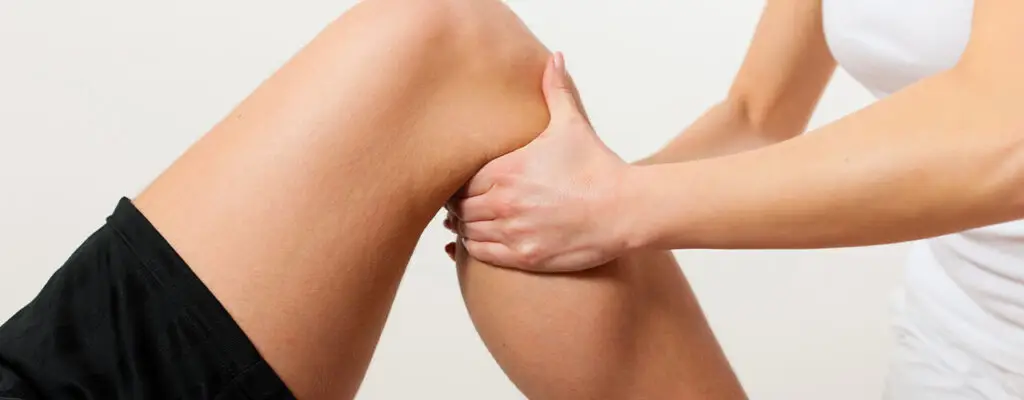
Functional Movement Screen
The Functional Movement Screen (FMS) is a tool used to identify movement limitations and asymmetries that may lead to injuries. By assessing seven fundamental movement patterns, the FMS helps to detect areas of weakness and imbalance. Based on the results, targeted exercises and interventions can be designed to correct these deficiencies, improving overall movement efficiency, athletic performance, and reducing the risk of injury.

Ergonomic Training
Ergonomic Training focuses on optimizing posture and body mechanics to prevent work-related injuries and improve overall comfort. This training includes education on proper workstation setup, body positioning, and techniques to minimize strain during daily activities. Ergonomic Training is essential for individuals who spend long hours at a desk or engage in repetitive tasks, helping to reduce the risk of musculoskeletal disorders and enhance productivity.
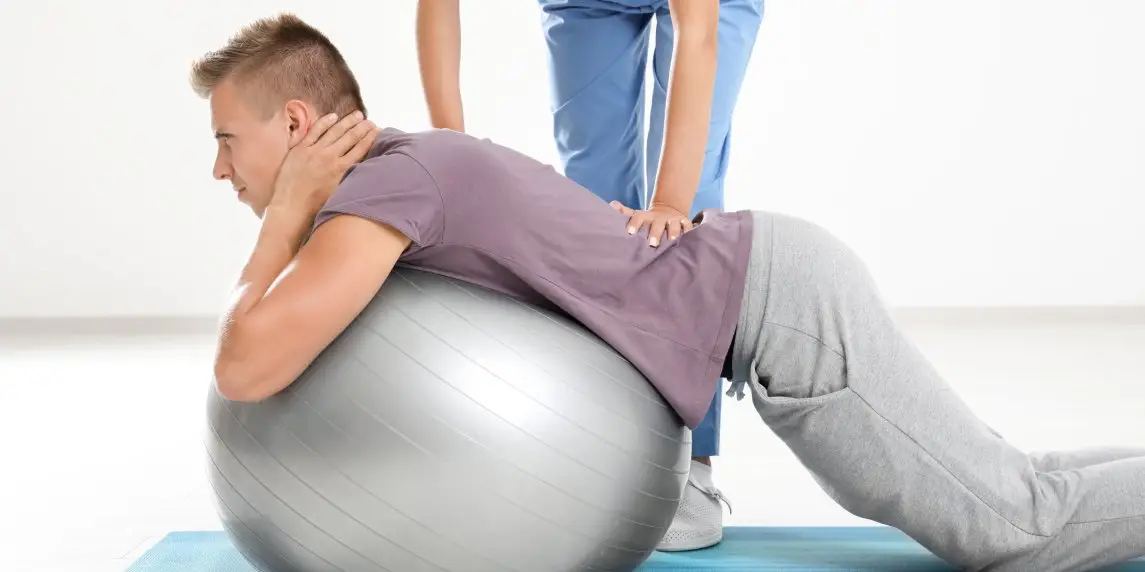
Neuromotor Re-Education
Neuromotor Re-Education involves techniques to retrain the nervous system and improve movement patterns, often used for patients recovering from strokes, traumatic brain injuries, or other neurological conditions. This therapy aims to restore normal movement, improve coordination, and enhance motor control. By engaging in repetitive and task-specific exercises, patients can regain functional abilities and improve their quality of life.
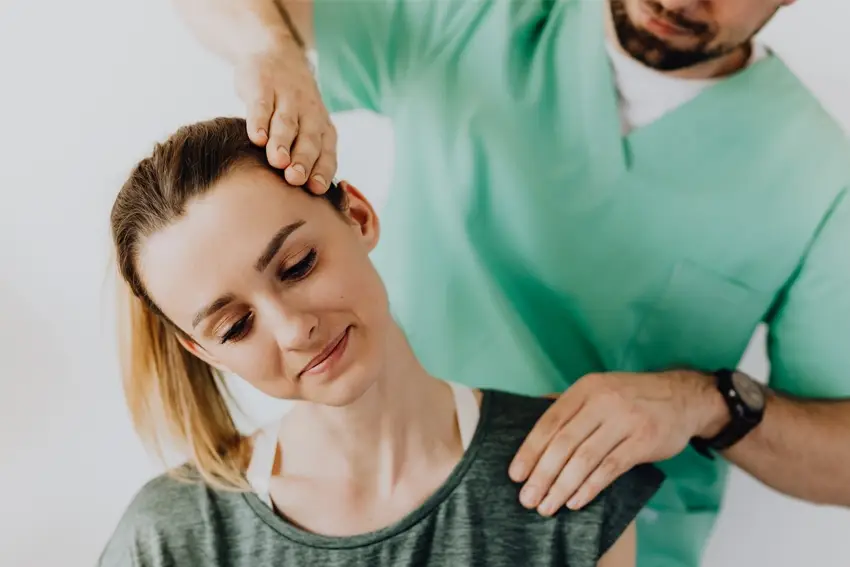
Electrical Stimulation
Electrical Stimulation uses electrical impulses to stimulate muscles and nerves, aiding in pain relief, muscle re-education, and injury recovery. This therapy can be used for various purposes, including reducing muscle atrophy, improving muscle strength, and enhancing blood flow to promote healing. Electrical Stimulation is commonly used in rehabilitation settings for conditions such as muscle weakness, nerve injuries, and post-surgical recovery.
